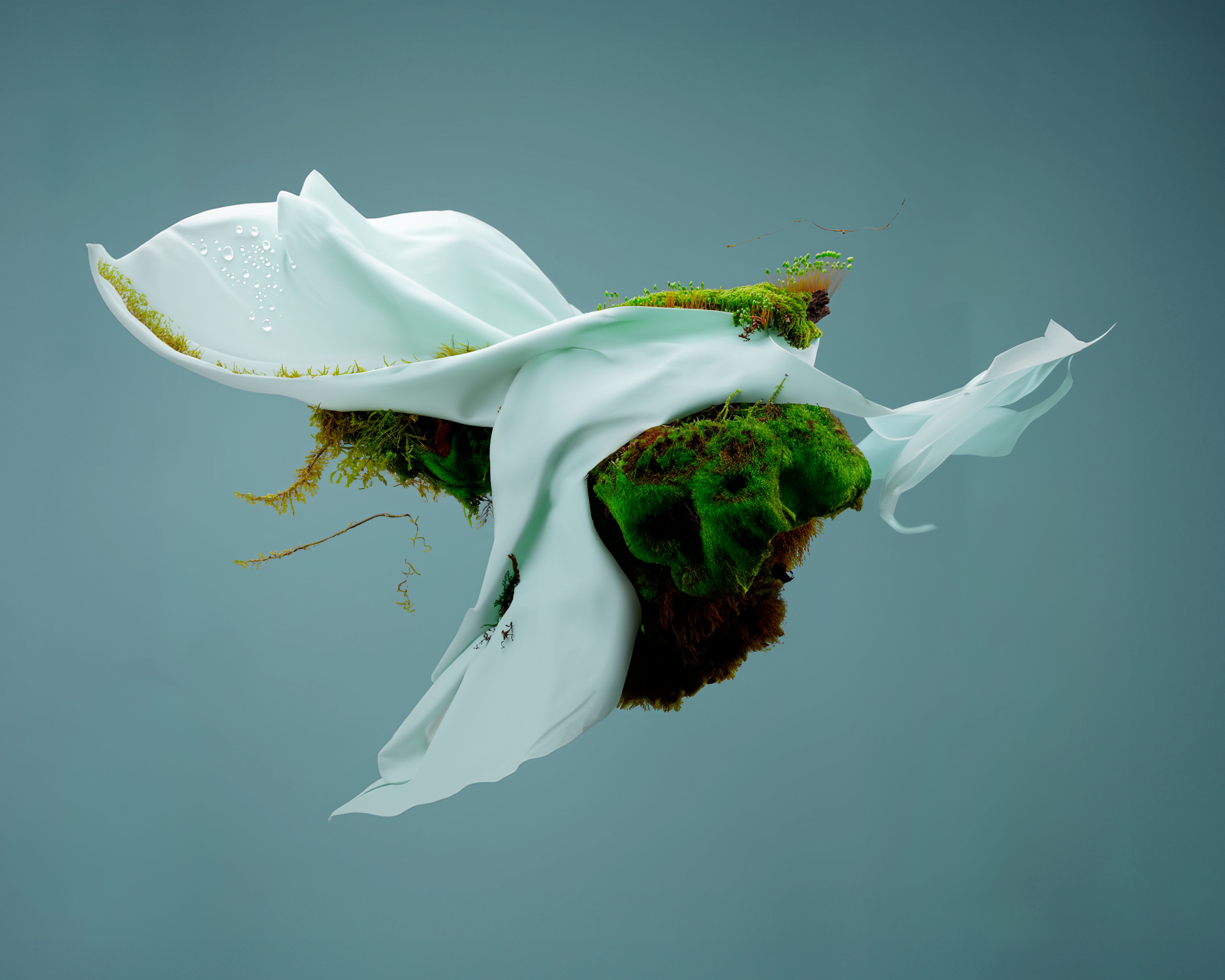
Dilys Williams talks to us ahead of this week's Imagining Possibilities Festival

- Written byLondon College of Fashion
- Published date 16 April 2024

Imagining Possibilities is a festival hosted by Centre for Sustainable Fashion (CSF), for those who work and engage in fashion daily and those who have never engaged in it - and everyone in between.
We caught up with Dilys WIlliams, Director of CSF to talk a bit about the festival and the programme of events taking place, and how they will expand possibilities for fashion to help people live well together in a more-than-human world, shifting the narrative of emergency, to a narrative of emergence into new ways of living.
Tell us a bit about the festival – what is it about and what people can expect from attending it?
The Imagining Possibilities festival is about a human capability – to imagine things. We’re finding both at CSF and the people we speak to, that our imaginations can feel a bit stifled by all sorts of things that are going on in the world.
Fifteen years ago, nobody was talking about sustainability, it was new and interesting to a lot of people, but since then a lot of things have been taking place in different areas. It’s fantastic, but we are not actually seeing a paradigm shift to socially and ecologically led practice. We are still seeing the same problems and the tweaks at the edges are not enough to become a sector that everyone can be proud to be a part of, professionally or personally. We're 15 now, we're teenagers – we’re full of teen spirit - full of energy and restlessness to do something about this state of affairs.
Rather than talking about amelioration of problems that persist, let's flip the approach and talk about how ultimately, it's our imagination that will take us to new places.
Imagining Possibilities demonstrates that we're imaginative and ingenious as humans. We can make possibilities happen, so we wanted to open up what that looks like in terms of equity and in terms of our interdependencies as humans in a more than human world. We want to foreground what it feels like to embody a plurality in what and who we are.
We wanted to suspend expectations that we might have on ourselves and how we are imagined, we wanted to involve an expansion of perspectives, beyond the dominant discourse in fashion and sustainability, hence four days of different things going on for different people.

One of the tag lines of the festival is that ‘it's a festival for those who engage in fashion daily and those who have never engaged in it, and everyone in between’. In terms of those people that don't engage in fashion, why should they come along?
Everybody has a conception about fashion, whether they're already in the sector and working as a designer, or they're a student - anybody wearing clothes – so most of us. Those preconceptions can be barriers and inhibitors to what fashion might be, beyond its currently recognised forms. We wanted to open up the conversation and pull apart the word ‘fashion’ how it is a manifestation of ourselves. All of us are in involved in fashion and this cannot be confined by terms that may not serve everyone.
Of the full programme of events, are there any that stand out to you as the key events or that you're most excited about and why?
I'm excited about the fact that there's lots of different kinds of events and the intersections and interactions between the events, as well as the events themselves.
Personally, I've followed the work of Bayo Akomolafe for a while, and the festival is the first time he's spoken about his work in relation to the word fashion or the ideas of fashion, so I am particularly excited about the fact that, through the festival, we are able to involve somebody whose work has never previously been involved in fashion. But I'm equally excited about the choir that's going to be on the steps outside LCF at the end of Saturday. That will be something that feels very much in our bodies as well as in the in the outside space.
As you mentioned earlier, CSF recently celebrated milestone 15-year birthday. What is coming next for CSF?
We hope that now will be a chance to surprise ourselves and that ideas will emerge or change through the festival. We’ve got a framework for our work that we set up when we first started and that is something that helps us as we go forward. We've always taken a transformation design approach to our work, exploring ideas and practice as awareness raising, conceptualising, sense-making of the situation.
The second layer of transformation involves ideas around making things differently, using processes and materials that are appropriate and abundant. The third layer of transformation is a shift in our perceptions of ourselves, each other, the world, because, how we see ourselves in the world and our understandings of ourselves are what make how we act and who we are in the world.
As designers and creatives, we are really interested in living in that shift space where we really see ourselves in the world. we want to be more radical and bolder in naming that this exploration of what it means to be more than human, what it means to recognise our interdependencies with each other. We want to be living that out in how, why, what and with whom we interact and contribute to the world.
- Find out more about Imagining Possibilities Festival
- Find out more about Centre for Sustainable Fashion